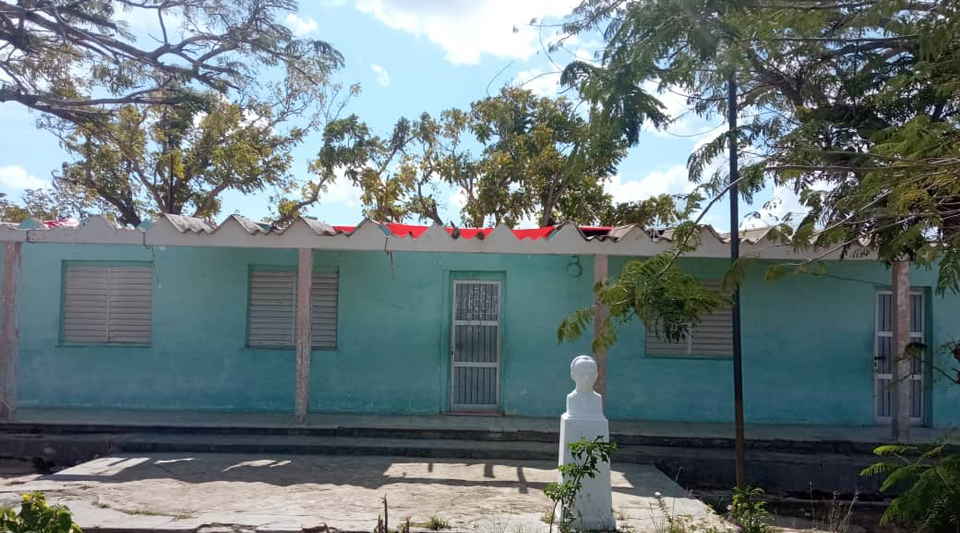MADRID, Spain.- The Central Agricultural Station of the Havana town of Santiago de las Vegas, the first of its kind in Hispanic America, and one of the oldest agricultural research institutions in Latin America, was founded on April 1, 1904. In 1909 changed its name to the Agronomic Experimental Station (EEA).
Previously, and since 1854, it had served as the Acclimatization Barracks for the Spanish troops that came from the Peninsula; converted during the War of 1895 into a Military Hospital for the sick and wounded from different places. At the end of the war it was transformed by the intervening Government into a School of Trades.
The Central Agricultural Station opened its doors with the Department of Agriculture and in successive months they would incorporate those of Horticulture, Botany, Plant Pathology (including Entomology), Chemistry and Physics of Soils and Animal Industry. The departments were directed by North Americans, except for Agriculture, in charge of the Cuban engineer Francisco B. Cruz.
The first director of the Station was the American agronomist Franklin Summer Earle, who had gained prestige at the Louisiana Experiment Station. Later it was governed by other eminent Cuban and foreign scientists such as the Italian Mario Calvino (from 1917 to 1924); Considered one of the greatest exponents of extensionism, he created a service of agronomists and a Department to guarantee the quality of all the seed that the facility delivers.
Calvino’s wife, Dr. Eva Mameli, in 1918 would be appointed head of the Department of Botany, the first woman to enter the Station to perform scientific functions and a position of responsibility. There, in a building next to the central building of the Station, the first of their two children would be born in 1923, the renowned writer Italo Calvino.
Cuban scientists also made important contributions to the institution and to the country. Juan Tomás Roig y Mesa (1877-1971), author, among other important works, of the Botanical Dictionary of Common Cuban Namesand Julián Acuña Galé (1900-1973), who made the Herbarium of Economic Plants of Cubawhich came to have thousands of copies.
The Santiago de las Vegas Experimental Station, today the Alejandro de Humboldt Institute for Fundamental Research on Tropical Agriculture (INIFAT), was declared a National Monument in 2009.




